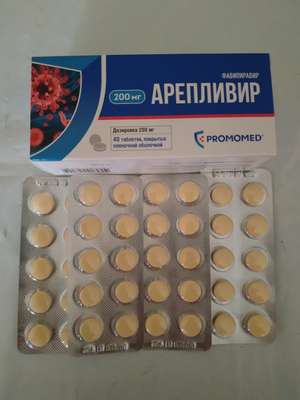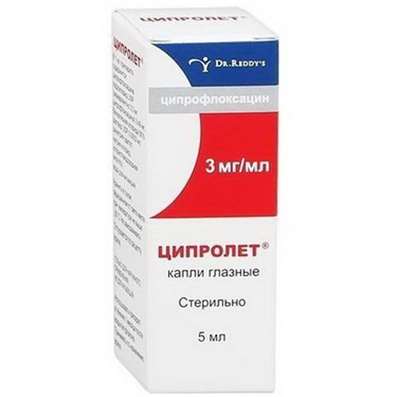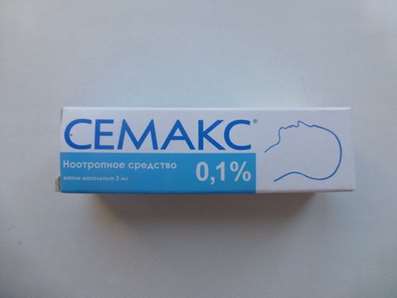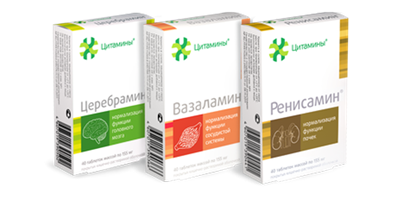Instruction for use: Budenofalk
I want this, give me price
ATX Code A07EA06 Budesonide
Active substance: Budesonide
Pharmacological group
Glucocorticosteroid
Nosological classification (ICD-10)
K50 Crohn's disease [regional enteritis]
Crohn's disease, Crohn's disease with fistula, Granuloma of the intestine, Granulomatous enteritis, Crohn's disease, Regional ileitis, Terminal Ileitis, Enteritis regional
Composition
Capsules 1 caps.
active substance:
Budesonide 3 mg
Auxiliary substances: sugar pellets (sucrose 80% + corn starch 20%) - 300 mg (240 mg + 60 mg); Lactose monohydrate - 12 mg; Povidone K25 0.9 mg
Pellet coating: Eudrajit L (methacrylic acid copolymer, type A) - 18.3 mg; Eudrajit S (methacrylic acid copolymer, type B) - 18.3 mg; Eudrajit RS (ammonium methacrylate copolymer, type A) - 3 mg; Eudrajit RL (ammonium methacrylate copolymer, type B) - 2.1 mg; Dibutyl phthalate 4.2 mg; Talc - 44.7 mg
Composition of the capsule wall: gelatin - 61,4004 mg; Purified water - 10.8680 mg; Titanium dioxide (E171) 1.9 mg; Cochineal red A (crimson 4R, E124) - 1.0336 mg; Iron oxide red (E172) - 0.664 mg; Sodium lauryl sulfate - 0.152 mg
Description of dosage form
Hard gelatinous opaque capsules of dark pink color, containing round pellets (granules) of white color. The size of capsule number 1.
pharmachologic effect
Pharmacological action - anti-inflammatory.
Pharmacodynamics
Budesonide is a non-halogen-containing GCS with anti-inflammatory, anti-allergic, anti-exudative and anti-edematous properties.
These properties are based on:
- decrease in the release of mediators from mast cells, basophils and macrophages;
- redistribution and suppression of migration of inflammatory cells, inhibition of inflammatory reactions;
Membrane-stabilizing action.
Induction of some proteins (eg macrocortin) is probably one of the specific mechanisms of action of budesonide. Inhibiting phospholipase A2, these proteins are involved in the metabolism of arachidonic acid and thus prevent the formation of mediators of inflammation of leukotrienes and PG (prostaglandins). Since the process of induction of protein synthesis requires a certain period of time, the full therapeutic effect of budesonide develops gradually.
Pharmacokinetics
Budesonide has pronounced lipophilic properties and is rapidly absorbed in the intestine due to good tissue permeability. Compared with classical GCS, budesonide has a very high affinity for receptors. Thanks to these properties, Budenofalk has a purposeful local action. Approximately 90% of budesonide is metabolized in the liver at the first pass and only about 10% has systemic effects. Of this amount, 90% of budesonide is bound to albumin and, due to this, is in a biologically inactive form.
Indications
Light and medium-heavy forms of Crohn's disease involving the ileum and / or ascending colon.
Contraindications
Hypersensitivity to budesonide or other components of the drug;
Infectious diseases of the intestine (bacterial, fungal, amoebic, viral infection);
Severe liver dysfunction;
childhood.
With caution: tuberculosis, arterial hypertension, diabetes mellitus, osteoporosis, peptic ulcer, glaucoma, cataract, a burdened family history of diabetes or glaucoma.
pregnancy and lactation
During pregnancy, the use of Budenofalk is only possible if the expected benefit to the mother exceeds the potential risk to the fetus. In women of childbearing age, prior to the initiation of therapy with Budenofacom, a possible pregnancy should be ruled out, and reliable contraceptive methods should be used during treatment. Until now, it is not known whether budesonide is able to penetrate breast milk, so during the period of treatment it is necessary to refuse breastfeeding.
Side effects
Sometimes, typical for systemic SCS may occur side effects (Cushing's syndrome). These side effects depend on the dose, duration of treatment, concomitant or prior treatment with other SCS and individual sensitivity.
Clinical trials have shown that the incidence of side effects characteristic of GCS with Budenofalk is significantly less (approximately 2-fold) compared with the frequency of adverse effects when administered orally with equivalent doses of prednisolone. Nevertheless, it is impossible to completely eliminate the occurrence of side effects typical for GCS.
The following side effects may occur:
From the skin: allergic eczema, red strias, petechiae, ecchymosis, steroid acne, deterioration of wound healing, contact dermatitis.
From the musculoskeletal system: muscle weakness, osteoporosis, aseptic necrosis of the bones (femoral and head of the humerus).
From the sense organs: glaucoma, cataract.
Mental disorders: depression, euphoria, irritability.
From the endocrine system: Cushing's syndrome (lunar face, obesity, diabetes, decreased glucose tolerance, sodium retention with edema formation, hypokalemia, decreased function or atrophy of the adrenal cortex, impaired secretion of sex hormones (amenorrhea, hirsutism, impotence).
From the immune system: the effect on the immune response (increased risk of infectious diseases).
When transferring patients from receiving systemic GCS to budesonide, extraintestinal symptoms may increase or recur (especially skin and joint damage).
Interaction
Cardiac glycosides. The action of cardiac glycosides can be intensified due to potassium deficiency.
Saluretics. Hypokalemia may increase.
Inhibitors of cytochrome P450 (ketonazole, trolleandomycin, erythromycin, cyclosporine). The effect of GCS can be enhanced.
Simultaneous administration of cimetidine and budesonide may lead to a slight increase in the level of budesonide in plasma, but this has no clinical significance.
Simultaneous administration of omeprazole does not affect the pharmacokinetics of budesonide.
Theoretically, one can not exclude interaction with resins that are able to bind steroids (for example, cholestyramine), as well as antacids. With the simultaneous administration of these drugs with Budenofalk as a result of the interaction, the therapeutic effect of budesonide may decrease. In this regard, the above drugs should be taken with Budenofalk at intervals of at least 2 hours.
Dosing and Administration
Inside, approximately 30 minutes before meals, swallowing the capsule entirely with a sufficient amount of liquid (eg a glass of water) ..
The recommended daily dose is 1 capsule, containing 3 mg budesonide, 3 times daily (morning, noon and evening).
Patients with a violation of the swallowing act can open the capsules and directly swallow all the microspheres with a sufficient amount of liquid. The effectiveness of Budenofalk does not decrease.
The course of treatment is usually 8 weeks. As a rule, the full effect comes in 2-4 weeks.
Do not abruptly stop taking Budenofalk, you need to gradually reduce the dose.
special instructions
Budenofalk can suppress the function of the hypothalamic-pituitary-adrenal system. Before the surgery or exposure to another stress factor, additional administration of systemic SCS (glucocorticosteroids) is recommended.
Form of issue
Capsules, 3 mg. For 10 caps. In aluminum / PVC (polyvinyl chloride) blister, 2, 5 or 10 blisters in a cardboard bundle.
Terms of leave from pharmacies
On prescription.
storage Conditions
At a temperature not exceeding 25 ° C.
Keep out of the reach of children.
Shelf life
3 years.
Do not use after the expiry date printed on the package.

 Cart
Cart





